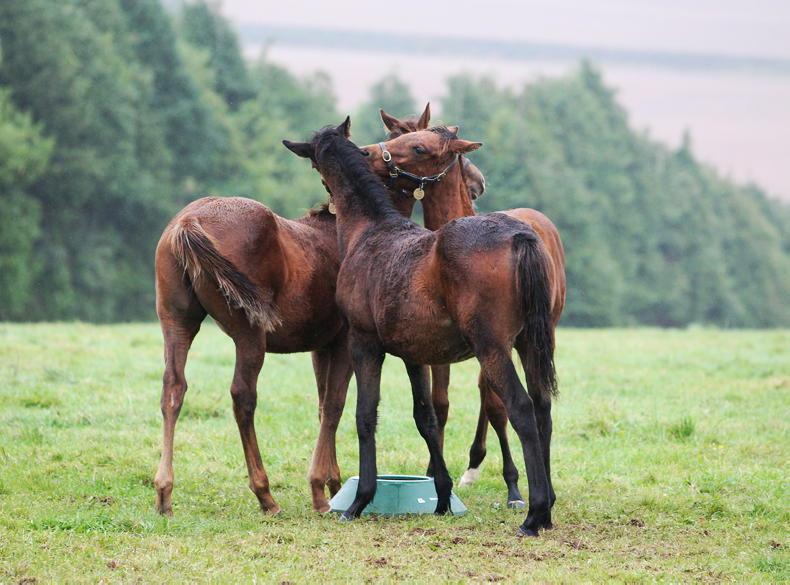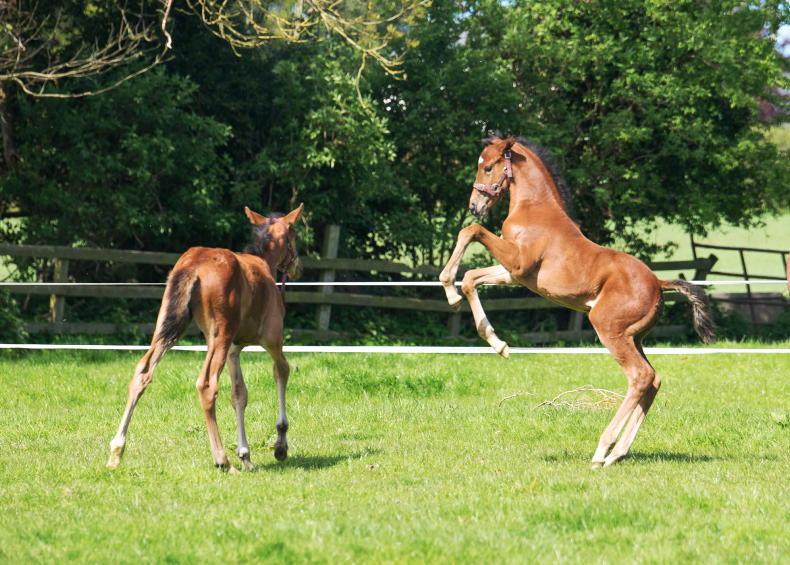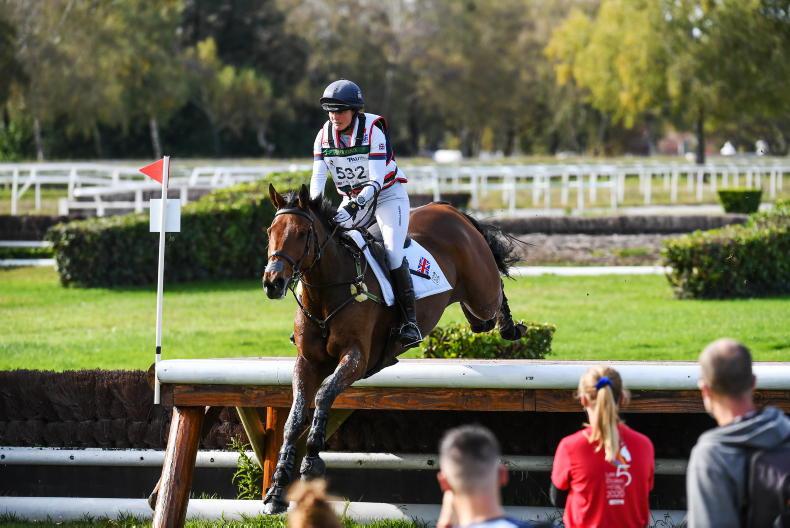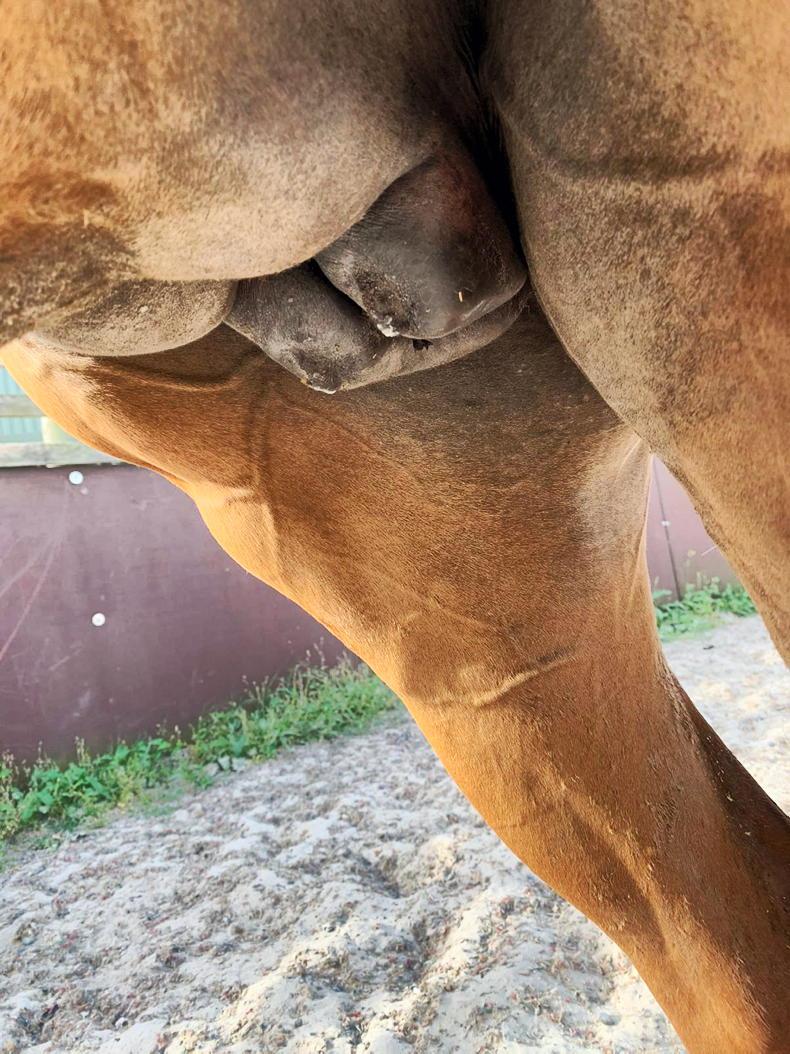MOST foals are weaned in the late summer or autumn of their first year, depending on how early in the spring they were born. By the time a foal reaches four months of age or so, their nutritional needs have outstripped the mare’s milk supply and their diet has diversified to include forage and grains or concentrates.
An important step before weaning is to ensure the foal is comfortable eating good quality hay and a well-balanced ration that is specifically formulated for rapidly developing youngsters. Most foals will begin sampling the mare’s feed within a few weeks of birth. Foals that are already accustomed to eating nuts or coarse mix are less likely to go off their feed or lose significant weight during weaning. Creep feeders, that allow the foal access the feed but not the mare, can be helpful to allow the youngster to accept and adapt to a foal and yearling ration while still with its dam. Some mares will go to a lot of effort to try to dismantle a creep feeder, so make sure that it is sturdy and in good repair!


 This is a subscriber-only article
This is a subscriber-only article
 It looks like you're browsing in private mode
It looks like you're browsing in private mode










SHARING OPTIONS: